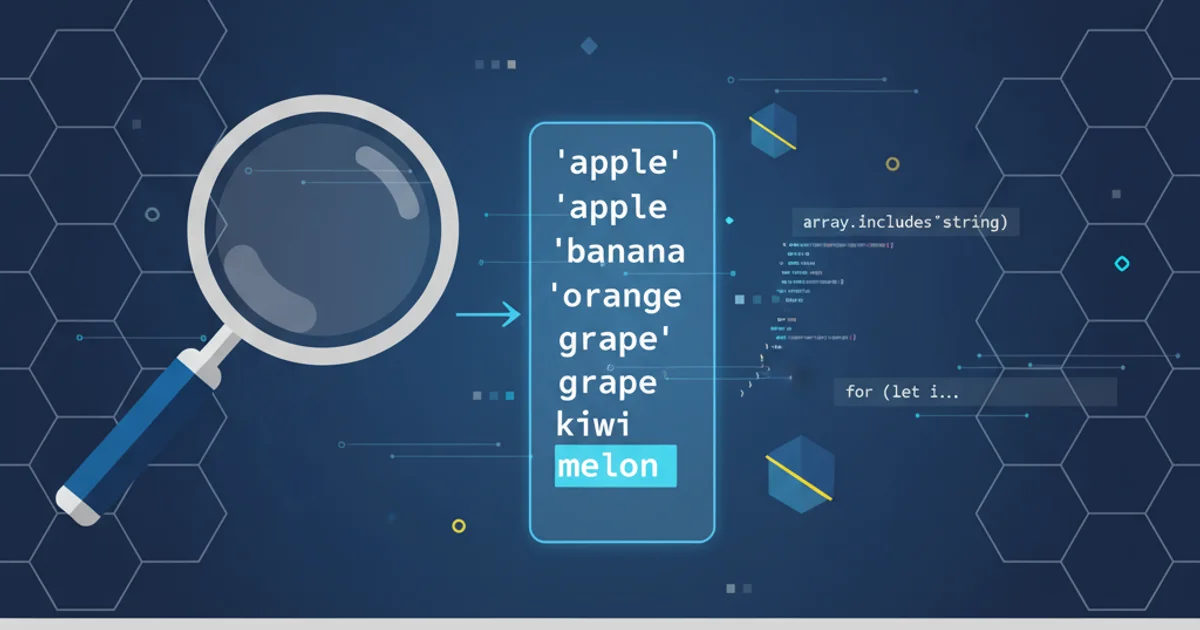Creating A window using x library programming for C programming
Categories:
Creating a Basic Window with Xlib in C

Learn the fundamentals of Xlib programming in C to create and manage a simple graphical window on an X Window System display.
The X Window System, commonly known as X11 or X, provides the foundational graphical user interface (GUI) for many Unix-like operating systems. While modern toolkits like GTK+ and Qt abstract away much of the complexity, understanding the underlying Xlib library is crucial for low-level graphics programming, debugging, and appreciating how GUIs function. This article will guide you through the process of creating a basic window using Xlib in C, covering essential concepts like display connections, window creation, event handling, and drawing.
Understanding the X Window System Architecture
Before diving into code, it's important to grasp the client-server model of the X Window System. An X server manages the display, input devices (keyboard, mouse), and graphics hardware. X clients are applications that connect to this server to request graphical services, such as creating windows, drawing shapes, and receiving user input. Xlib is the C language API that clients use to communicate with the X server.
flowchart TD
Client[X Client Application] -->|Requests| XServer[X Server]
XServer -->|Manages| Display[Display/Screen]
XServer -->|Manages| Input[Input Devices (Keyboard, Mouse)]
XServer -->|Provides| GraphicsHardware[Graphics Hardware Access]
Client -- Xlib API --> XServerX Window System Client-Server Architecture
Setting Up Your Development Environment
To compile and run Xlib programs, you'll need the X development libraries. On most Linux distributions, these can be installed using your package manager. For example, on Debian/Ubuntu-based systems, you would use sudo apt-get install libx11-dev.
<X11/Xlib.h>, but you might also need <X11/Xutil.h> for utility functions and <X11/keysym.h> for keyboard event handling.The Core Steps to Create an Xlib Window
Creating a window with Xlib involves several fundamental steps:
- Open a Display Connection: Establish a connection to the X server.
- Create a Window: Define the window's properties (size, position, border, etc.).
- Select Input Events: Tell the server which types of events (e.g., key presses, mouse clicks, expose events) your application is interested in.
- Map the Window: Make the window visible on the screen.
- Enter the Event Loop: Continuously process events from the X server.
- Handle Events: Respond to user input and system messages.
- Close the Display Connection: Clean up resources when the application exits.
#include <X11/Xlib.h>
#include <stdio.h>
#include <stdlib.h>
int main(void) {
Display *display;
Window window;
XEvent event;
int screen;
// 1. Open a Display Connection
display = XOpenDisplay(NULL);
if (display == NULL) {
fprintf(stderr, "Cannot open display\n");
exit(1);
}
screen = DefaultScreen(display);
// 2. Create a Window
window = XCreateSimpleWindow(display, RootWindow(display, screen), 10, 10, 200, 150, 1,
BlackPixel(display, screen), WhitePixel(display, screen));
// 3. Select Input Events
XSelectInput(display, window, ExposureMask | KeyPressMask);
// 4. Map the Window
XMapWindow(display, window);
// 5. Enter the Event Loop
while (1) {
XNextEvent(display, &event);
// 6. Handle Events
if (event.type == Expose) {
// Handle window exposure (e.g., redraw content)
XFillRectangle(display, window, DefaultGC(display, screen), 20, 20, 10, 10);
} else if (event.type == KeyPress) {
// Handle key press (e.g., exit on any key)
break;
}
}
// 7. Close the Display Connection
XCloseDisplay(display);
return 0;
}
Basic Xlib program to create a window and handle events.
Compiling and Running Your Xlib Program
To compile the C code, you'll need to link against the X11 library. Use the gcc compiler with the -lX11 flag:
gcc -o mywindow mywindow.c -lX11
After successful compilation, you can run your program from the terminal:
./mywindow
A small white window with a black border should appear on your screen. Pressing any key while the window is focused will close it.
XOpenDisplay, to ensure proper error handling. Failing to do so can lead to crashes or unexpected behavior.Further Exploration
This example provides a minimal foundation. Xlib offers extensive capabilities for drawing graphics (lines, arcs, text), handling various input events (mouse motion, button clicks), managing window properties, and much more. To build more complex applications, you would typically:
- Use a Graphics Context (GC): A GC stores drawing attributes like foreground color, line style, and font. You create one with
XCreateGC. - Handle More Events: Expand your event loop to process
ButtonPress,MotionNotify,ConfigureNotify, and other event types. - Double Buffering: For smooth animations, implement double buffering to draw off-screen and then swap buffers.
- Fonts and Text: Use
XLoadFontandXDrawStringfor text rendering.
While Xlib is powerful, its low-level nature means a lot of boilerplate code. For most modern GUI development, higher-level toolkits like GTK+ or Qt are preferred as they provide a more abstract and developer-friendly API.